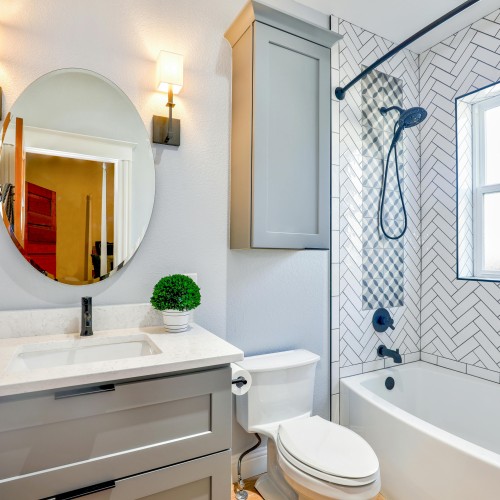You may think that creating a dedicated study space for your kids seems simple enough – just clear off a desk and add some good lighting, surely? But parents know that getting children to actually use these spaces productively is its own challenge.
After all, kids naturally gravitate toward comfortable spots like beds or living room sofas, places where concentration often gives way to distraction or even accidental naps, especially if the revision doesn’t really inspire a sense of deep enjoyment in their minds.
The thing is, having a proper revision space really does make a difference to academic performance. This has been proven by research into effective study environments, which shows this clearly enough, but more importantly, any parent who’s watched their child trying to revise while sprawled across their bed knows it isn’t ideal. That said, as parents, it’s nice to try and help them succeed. Doing so can be helpful.
So how do you create a revision space that actually works? One that your children will genuinely want to use, and that promotes good study habits rather than forcing them? We have some tips:
The Right Location Matters
Your child’s revision space needs careful placement in your home. Quiet areas away from the main family traffic help avoid distracted focus, but you don’t want them completely isolated either, like they’re doing penance by studying. A good middle ground is to convert a corner of their bedroom or setting up a dedicated area in a spare room. If you can find somewhere that balances privacy with accessibility that’s best. It’ll be close enough for you to offer homework help when needed, but separate enough to limit distractions from siblings or television noise.Of course, make sure it’s well lit and ventilated too. It has to feel comforting.
Essential Equipment Setup
Your child might not need a huge amount outside of the academic resources given by their school, but a few pieces of equipment can help. A desk that’s the right height – your child’s feet should rest flat on the floor while their arms rest comfortably on the writing surface – is a good place to start. Good ergonomic furniture can also help against fidgeting (or dead bottoms) and gives them the right posture to stay alert. Storage solutions work well too, as anyone who has tried to work from a messy desk knows that it’s hard to think unless you get a handle on it.
If there’s space on the wall, you could also think about installing a pinboard for timetables and important notes. This way, no matter if they’re revising history or looking to get help with GED math prep, the resources they have will never be hindered by the equipment they lack.
Creating The Right Atmosphere
Sure, you’re not throwing a dinner party here, but the atmosphere of the study space does help. As mentioned above, soft, adjustable lighting will prevent eye strain and help them keep focus as daylight changes. A few calming additions couldn’t hurt, such as some relaxing plants, or a small desk fan for temperature control in the summer. Sound management matters too – if the space sits near noisy areas, good quality noise-canceling headphones could be a nice birthday gift. Some children also benefit from having music options available, though you’ll want to talk about clear guidelines about when these can be used – such as not blasting dance music all day.
With this advice, we hope you can more easily set up that revision space for your children going forward.






